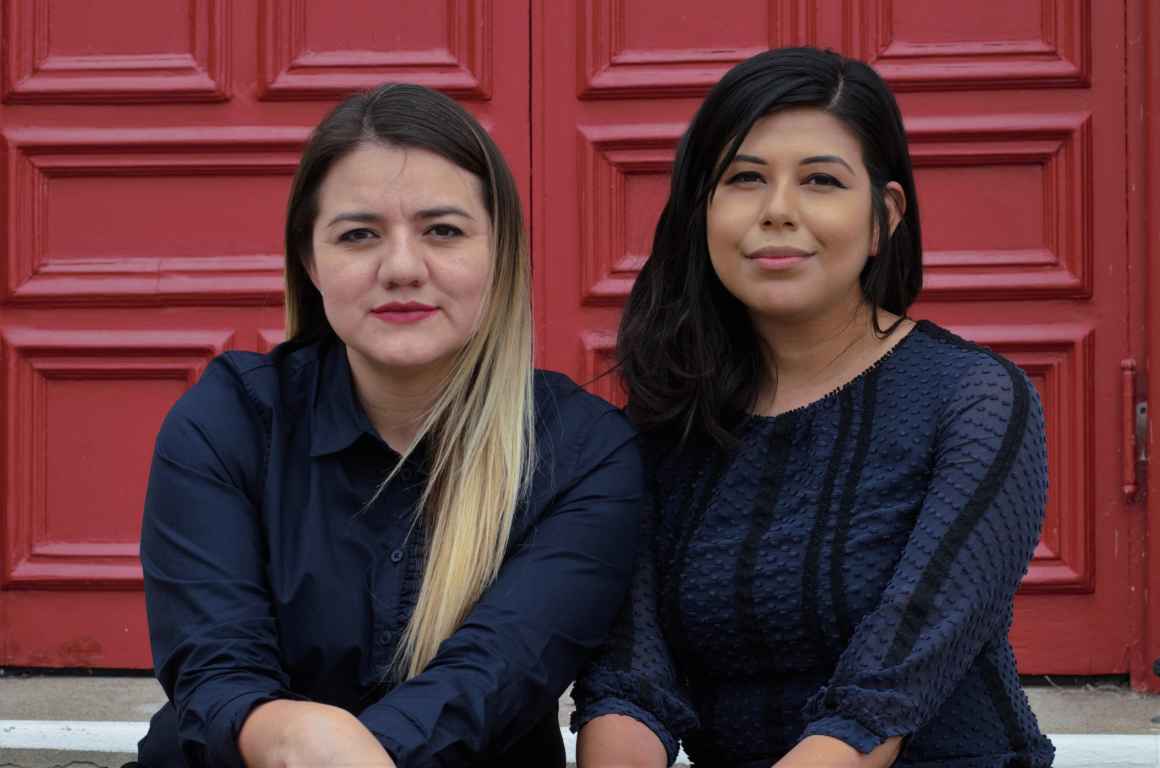By Mayra Lopez
Read Part II of this blog here.
Read Part III of this blog here.
This three-part blog series, co-authored by ACLU Foundation of San Diego & Imperial Counties’ Legal Investigator & Researcher — Mayra Lopez and Immigrant Rights & Binational Affairs Advocate — Esmeralda Flores, is a uniquely personal glimpse into our work to protect immigrants’ civil rights and freedoms. The collective efforts of our local ACLU’s Advancing Immigrants’ Rights Team were instrumental in bringing to international attention the terrible inhumanity of the Trump administration’s policy of forcibly separating children from their families. These efforts led the national ACLU to file a federal lawsuit to reunite an asylum-seeking mother and her 7-year-old daughter separately detained 2,000 miles apart. The lawsuit cites violations of the Constitution’s due process clause, federal law protecting asylum seekers, and of the federal government’s own directive to keep families intact. Mother and daughter were reunited in March 2018, though the national class-action lawsuit continues.
Once a month, a group of legal staff and volunteers from the ACLU Foundation of San Diego & Imperial Counties heads two hours east of San Diego to meet with immigrant detainees. Through the Imperial Legal Outreach Program (ILOP), we help fill a huge legal void. We conduct Know-Your-Rights presentations and distribute self-help or “pro se” materials in Imperial County. It’s one of the most impoverished regions in Southern California, and home to the Imperial Regional Detention Facility.
This is how we came to learn that the federal government was forcibly separating immigrant children from their parents, well before the practice became public and heart-wrenching accounts blanketed the news. It was during a trip to Imperial County in October 2017, that I unexpectedly encountered one early victim; an inconsolable Indigenous woman from Guatemala. In broken Spanish, she described to me how immigration authorities separated her from her 7-year-old son after the two crossed the border in search of asylum. When I first met her, she hadn’t seen him or spoken to her son in almost two months. All she wanted was to know if he was well.
Within a couple of months, it became clear that these family separations were not anomalies, but part of a new wide-reaching Trump administration strategy. The ACLU took immediate action. Our Immigrants Rights Project filed a federal lawsuit to reunite an asylum-seeking mother and her 7-year-old daughter, fleeing violence in the Democratic Republic of Congo. In Ms. L v. ICE, our lawyers cited violations of the Constitution’s due process clause, which protects parents against arbitrary deprivations of parental rights. The lawsuit also cited federal legislation aimed at shielding asylum seekers. A month later, the ACLU expanded its case, filing a nation-wide class action suit covering all detained immigrant parents whose children had been forcibly taken from them by immigration authorities.
The crisis escalated when the Trump administration introduced its “zero tolerance” policy, calling for the criminal prosecution of all individuals entering the U.S. illegally, including asylum seekers. So, as adults were arrested and detained, their children — who by law could not be placed in criminal detention — were separated from their parents and placed in the custody of a sponsor or foster home or housed in shelters. The increase in “zero-tolerance” prosecutions was requested in an April 23 memo to former DHS Secretary Kirstjen Nielsen by the heads of various immigration offices. Without any evidence, federal immigration officials speculated that facing the threat of prosecution and child separation, asylum seekers would be deterred from attempting to cross the border.
Figures released by the Department of Homeland Security revealed that between April 19, 2018 and May 31, 2018, nearly 2,000 children were separated from their parents. The estimate does not include the roughly 700 children the government admitted to removing before the “zero tolerance” policy was officially enforced; a number later revealed to be in the thousands.
On April 11, DHS Secretary Kirstjen Nielsen appeared before a congressional subcommittee and testified that family separation was not being used as a deterrent, claiming that the government’s standard was to keep families together “as long as operationally possible.” And yet, Trump’s former chief of staff, John Kelly, publicly defended the strategy, telling NPR that “this is a technique that no one hopes will be used extensively or for very long.” The administration heavily relied on border security and enforcement of the law rhetoric to justify forcible family separation.
In part two of this series, I will share two brief stories of asylum-seeking families from Central America and how the family separation policy became increasingly unpopular, leading to an eventual reversal by the Trump administration.
